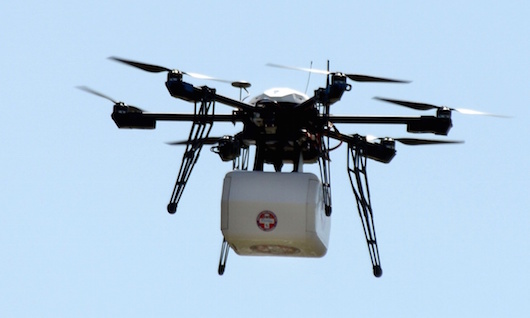 When thinking of drones, the image that comes to mind for many people is of warfare drones and precision strikes. This is not all drones can be used for, however. WeRobotics is an organization that uses drones for humanitarian practices. This organization utilizes the positive impacts of robotic technology to address global problems such as poverty, health and post-disaster reconstruction.
When thinking of drones, the image that comes to mind for many people is of warfare drones and precision strikes. This is not all drones can be used for, however. WeRobotics is an organization that uses drones for humanitarian practices. This organization utilizes the positive impacts of robotic technology to address global problems such as poverty, health and post-disaster reconstruction.
WeRobotics established itself as a not-for-profit organization in December 2015. Since then, their progress has been astounding. WeRobotics and its Flying Labs work with NGOs, government agencies and universities in over 20 countries to spread this beneficial poverty-solving technology.
The company sets up Flying Labs in various countries that serve as a “hub of robotics technology, where staff host training sessions, webinars and teach people how to use technology.” These labs are also “incubators” for the formation of new, local businesses. There are now flying labs in Jamaica, Panama, the Dominican Republic, Peru, Chile, Sierra Leone, Senegal, Côte d’Ivoire, Burkina Faso, Benin, Cameroon, Uganda, Kenya, Tanzania, Zambia, Réunion, India, Nepal, the Philippines, Japan, Papua New Guinea and Fiji.
The robotic technology in these Flying Labs is used for a variety of purposes.The drones can be used for mapping, cargo delivery, drone journalism and conservation. In Nepal, for example, the drones were used to map out the damage done to a region after an earthquake. The map made by the drones was then printed out and annotated by locals to determine strategies and priorities for reconstruction. They also used swimming drones to better understand glacial lakes, which lakes formed by the melting of Himalayan glaciers. These lakes, when forming, have a “tsunami” effect on the areas around them. The swimming drones are used to understand how these lakes are formed and to predict new formations and determine vulnerable areas.
In Peru, the drones are primarily used for cargo delivery of important medicines and vaccines. In the Peruvian Amazon, many people live in areas that are not close to roads or highways. Thus, the main form of transportation is river boat, which can be slow, unreliable and costly. The drones are able to make deliveries of important medicines, such as anti-venom, in a fraction of the time it takes the river boats. In one example, anti-venom was delivered by a drone in 35 minutes, when it would have taken a river boat 6 hours. This can be the difference between life and death. In this way, the drones become poverty-solving technology as they remove barriers created by regional poverty.
One of the most important tenets of WeRobotic’s work is their focus on democratization and localization of technology. This means giving the technology and training to locals with no strings attached. They train locals to be able to use the technology themselves so that the project is respectful of local communities’ autonomy and is also sustainable. Locals in Nepal were able to complete an unfinished map on their own after the WeRobotics team left the site. Because the locals are given access to the information that makes the technology work, they are able to come up with solutions to problems themselves.
Some things that the company notes can be improved are the affordability, repairability, durability, simplicity and battery life of the drones.
This poverty-solving technology has a promising future. It has already provided local communities with means of mapping and transportation, things that are underappreciated in well-off countries, but necessary for civilian life. The possibilities for these humanitarian drones are far-reaching. With more and more people being trained around the world at these Flying Labs, there is more possibilities for improvements and innovative solutions.
– Sarah Faure
Photo: Pixabay
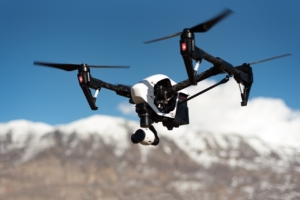 In the modern world, the term “drone” has developed two very different connotations. Media coverage about drones is either about the use of unmanned aerial vehicles in war zones or about the recreational use of drones for photography or entertainment. But what about drones being used for serious purposes, excluding military combat. Around the globe, people are using non-military drones for humanitarian purposes and to support global development. Here are five ways that non-military drones are saving lives across the globe:
In the modern world, the term “drone” has developed two very different connotations. Media coverage about drones is either about the use of unmanned aerial vehicles in war zones or about the recreational use of drones for photography or entertainment. But what about drones being used for serious purposes, excluding military combat. Around the globe, people are using non-military drones for humanitarian purposes and to support global development. Here are five ways that non-military drones are saving lives across the globe: Landmines are a destructive weapon of war that often times outlive the conflict they had been implemented for. Today, civilians around the world are inheriting the landmine crisis from both current wars and earlier conflicts. An estimated 110 million landmines are active in the ground right now, killing and maiming more than 5,000 people every year.
Landmines are a destructive weapon of war that often times outlive the conflict they had been implemented for. Today, civilians around the world are inheriting the landmine crisis from both current wars and earlier conflicts. An estimated 110 million landmines are active in the ground right now, killing and maiming more than 5,000 people every year.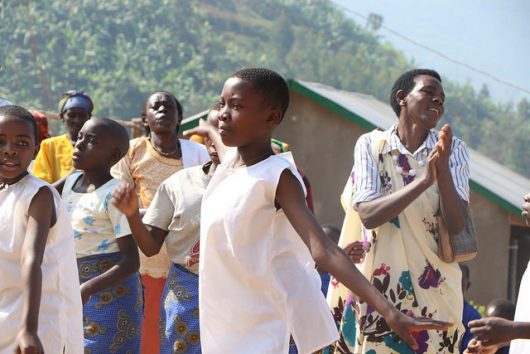
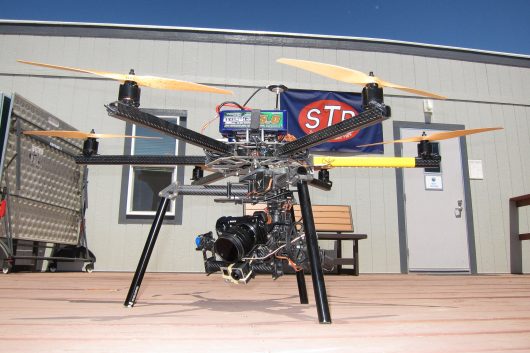
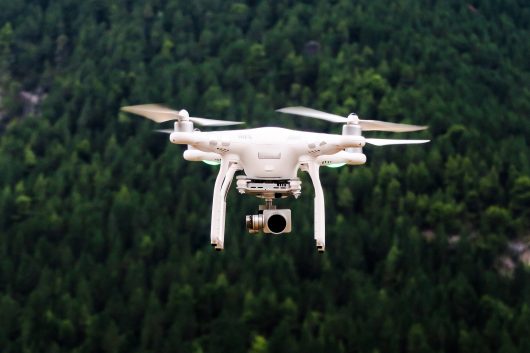
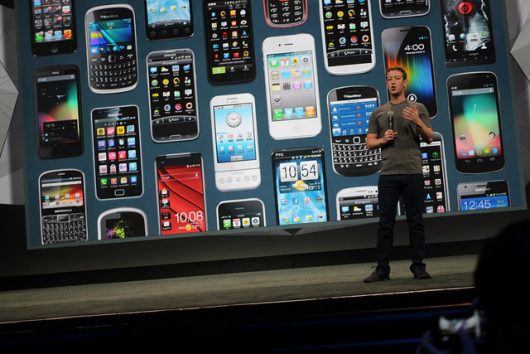
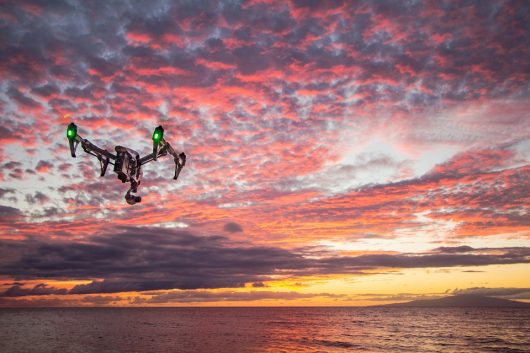 Deploying unmanned drones in low and middle-income countries could save money and increase vaccination rates,
Deploying unmanned drones in low and middle-income countries could save money and increase vaccination rates, 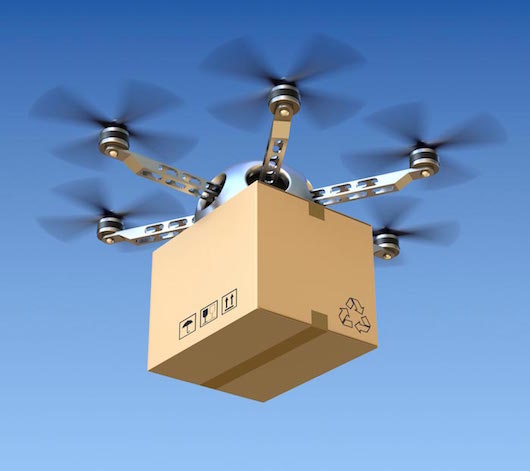 Yudala made the first drone delivery in Nigeria during its Black Friday sale.
Yudala made the first drone delivery in Nigeria during its Black Friday sale.